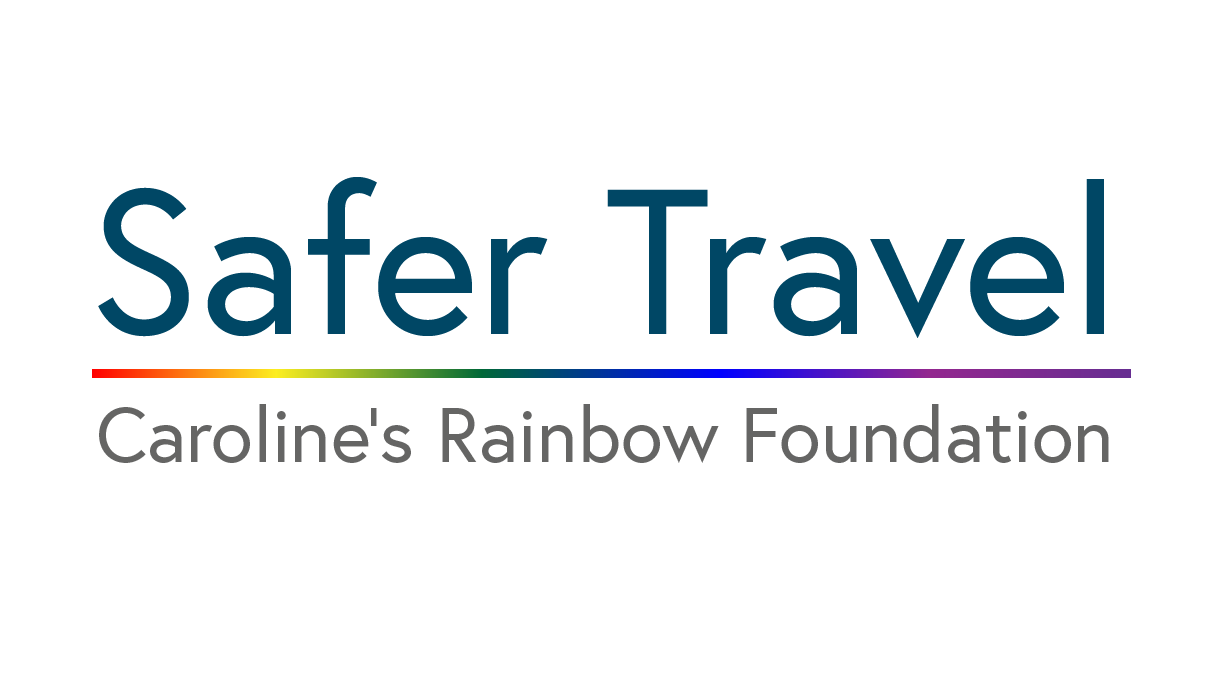National Flag
The Croatian flag is the country’s most important national symbol, which has three stripes of colour: the top stripe being red, the middle stripe being white and the bottom stripe being blue. This flag was first used in 1848 when the region was ruled by the Austro-Hungarian Empire. Under the control of the socialists, a red star was added to the centre. In the present-day version of the flag, the star has been replaced with a coat of arms that consists of a symbol of each of the five parts of the country, overlaid on top of a red and white chessboard shield. The chessboard pattern dates back to the Middle Ages but, more recently, was also used by Croatian fascists during World War Two. The neighbouring Serbians – who were persecuted by Croatian fascists during the war – saw the reintroduction of this symbol into the flag as offensive.
The Moreska Sword Dance
The Moreska sword dance is a traditional Croatian folklore dance and it is a real treat to both watch and listen to. Originally from the island of Korcula, it used to only be performed on special occasions, but nowadays it occurs on a frequent basis to attract for the foreign tourists, especially during the busy summer season. The dance depicts the battle between the White and the Black King, who fight over an attractive princess. The “sword” dance between the two armies is complemented by entrancing musical performances which include local instruments such as the mišnice and drums.
The Christmas Wheat
In Croatia, the Christmas festivities normally begin on 13th December and involve a quaint family tradition whereby the family plants wheat seeds in a water-filled dish, and then store it in a warm place. By Christmas Eve, the wheat should have grown tall enough to tie together using a white, red and blue ribbon. A candle is then placed in the middle, signifying the glow of the soul inside every human being.

